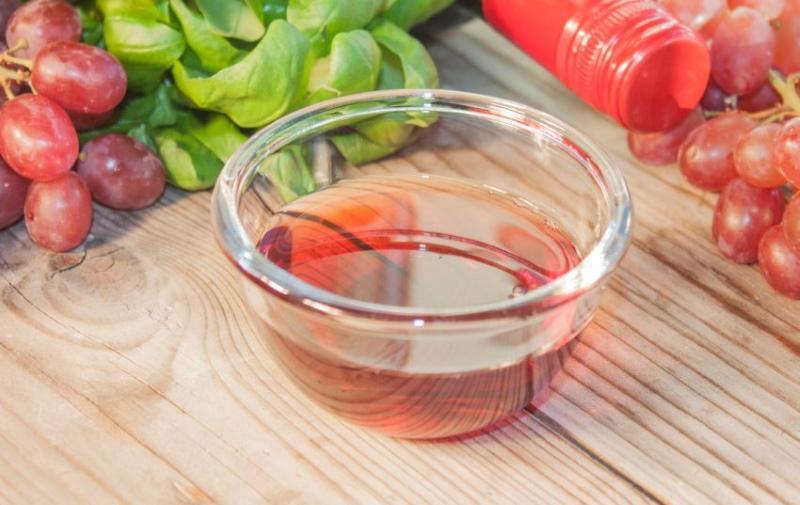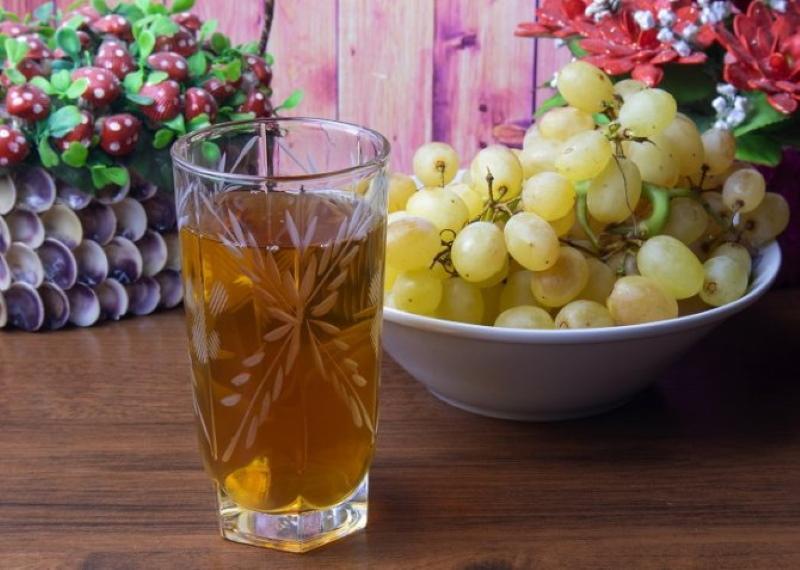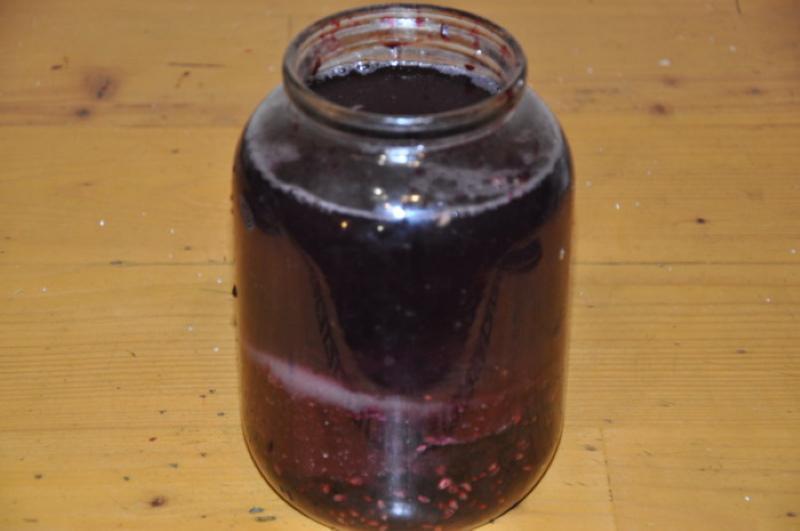Cooking grape vinegar at home - a simple recipe for a healthy harvest
 It can be added to meals, rubbed over skin, treated wounds, and even taken internally for treatment. To get such a universal remedy, it is enough to know how to make grape vinegar at home, a simple recipe. Indeed, if you have ever made homemade wine, then everything will be quite simple. It is not for nothing that this vinegar is also called wine vinegar: in fact, it is sour and filtered grape wine.
It can be added to meals, rubbed over skin, treated wounds, and even taken internally for treatment. To get such a universal remedy, it is enough to know how to make grape vinegar at home, a simple recipe. Indeed, if you have ever made homemade wine, then everything will be quite simple. It is not for nothing that this vinegar is also called wine vinegar: in fact, it is sour and filtered grape wine.
How to make grape vinegar at home - a simple recipe

- Crush the berries, fold into a container, and cover with gauze on top.
- Place in a warm room with a temperature of at least 20 ° C for fermentation to begin. This usually takes about 4 days. Stir the juice that comes out periodically during this time.
- Strain the fermented juice through cheesecloth, measure out how many liters you get. For every liter of juice you need 100 g of sugar. It must be entered in three approaches.
- Pour the juice into a glass container for further fermentation, without adding to the very top. Add 1/3 of the sugar and keep warm with a water seal.
- After five days, add another 1/3 of the sugar.
- Add the remaining sugar after another 10 days.
- After a month and a half, fermentation will end and you will have a young wine... Drain it from the sediment and leave it warm for another 1-2 months to sour. Just do not close with a tight lid - air must flow. You can tie it with a cloth or make a cork from the newspaper.
The vinegar is ready when the sour smell is no longer felt. Now it can be filtered again, bottled and sealed.
If the grapes are sour, then do not forget to add a little water along with the sugar (30 ml for each liter of juice). But store yeast cannot be put. Like wine, vinegar ferments thanks to its own yeast that lives on the berries.
Pulp wine vinegar
 If you don't have any extra grapes, you can make vinegar from the cake left over from the wine. Pour 1 kg of pulp with 1 liter of water, add 100 g of sugar. Cover with a cloth or gauze and leave in a warm place to ferment for 2 weeks. Then strain, add another 50-70 g of sugar and put it back in the heat to ripen for another month. When a sediment appears at the bottom and the vinegar becomes transparent, you can filter and put it in the cold for storage.
If you don't have any extra grapes, you can make vinegar from the cake left over from the wine. Pour 1 kg of pulp with 1 liter of water, add 100 g of sugar. Cover with a cloth or gauze and leave in a warm place to ferment for 2 weeks. Then strain, add another 50-70 g of sugar and put it back in the heat to ripen for another month. When a sediment appears at the bottom and the vinegar becomes transparent, you can filter and put it in the cold for storage.